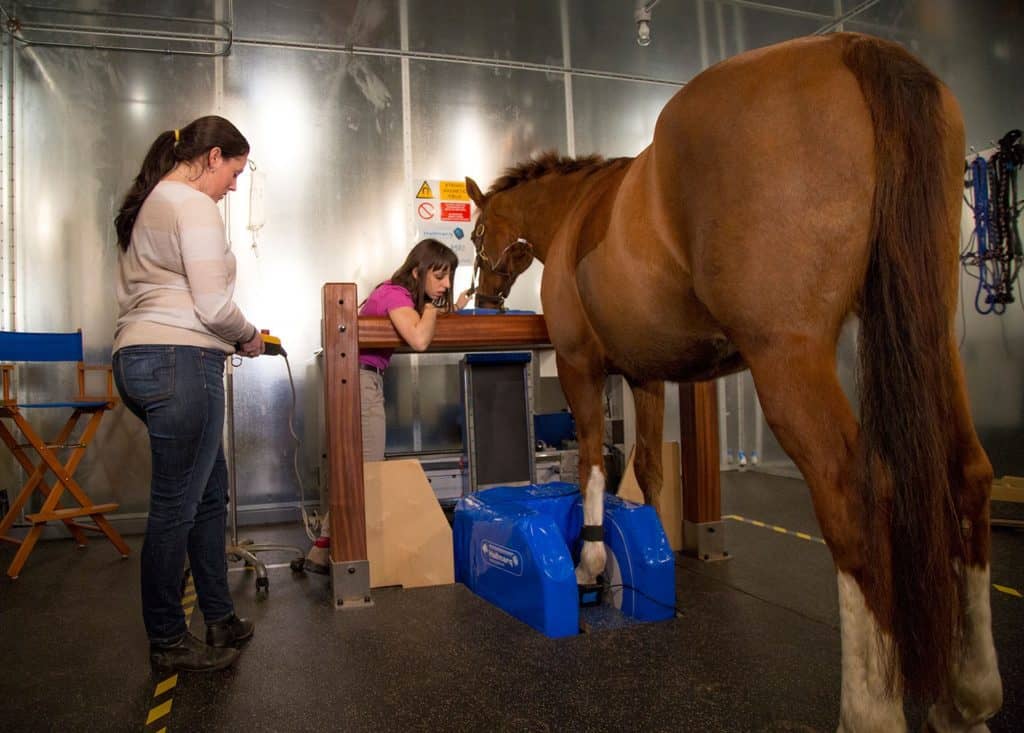
Diagnosing Fetlock Disease in Racehorses
One veterinarian weighs the pros and cons of available imaging modalities when it comes to diagnosing common fetlock injuries.

One veterinarian weighs the pros and cons of available imaging modalities when it comes to diagnosing common fetlock injuries.

Standing surgeries on sedated horses can provide good, if not better, results than equivalent surgeries on fully anesthetized horses, without the added costs and complications.

What’s in that straw? Stallion semen, sure. But what quantity of sperm, and what quality? Researchers found this mobile device and its app an effective alternative to more specialized equipment.

Seven measurement tools and methods veterinarians can implement into equine rehabilitation programs to track progress.

After identifying the affected structures, veterinarians can use ultrasound, radiographs, and synoviocentesis to assess synovial involvement.

Manufacturers have begun developing portable ECG devices vets can use and interpret with smartphone apps. A research team tested them, and here’s what they found.

One practitioner describes her diagnostic imaging decision-making process when assessing Western performance horse soundness during prepurchase exams.

Learn about steps veterinarians can take to figure out why a horse is losing weight.

How equine practitioners can use ultrasound to evaluate the multifidus muscle, which stabilizes and supports the equine back.

German researchers found foals can spontaneously correct their own overjets (parrot mouth) within a year. However, they also found that foals born without overjets can develop them within the first few months of life.

One practitioner describes the steps he takes during a prepurchase exam to help buyers make smart decisions.

Something on the X rays looks a bit off—is it significant or of no consequence? It depends on what you find.

Here’s what we know and are learning about defining, diagnosing, and treating this painful foot disease.

A thorough PPE on off-track Thoroughbreds can pay dividends both now and years into the future of the horse’s second career.

If developed, an economical and relatively easy-to-perform stallside test could help veterinarians better identify asthmatic horses and provide an alternative to bronchoalveolar lavage.

A listener asks about her horse’s anemia, and Dr. Bryan Waldridge explains the causes and what it means.
Stay on top of the most recent Horse Health news with
"*" indicates required fields